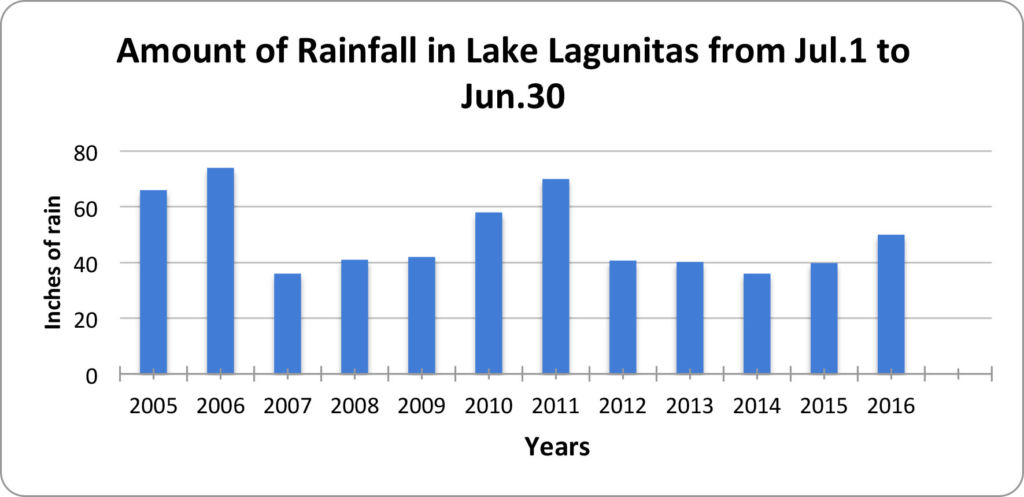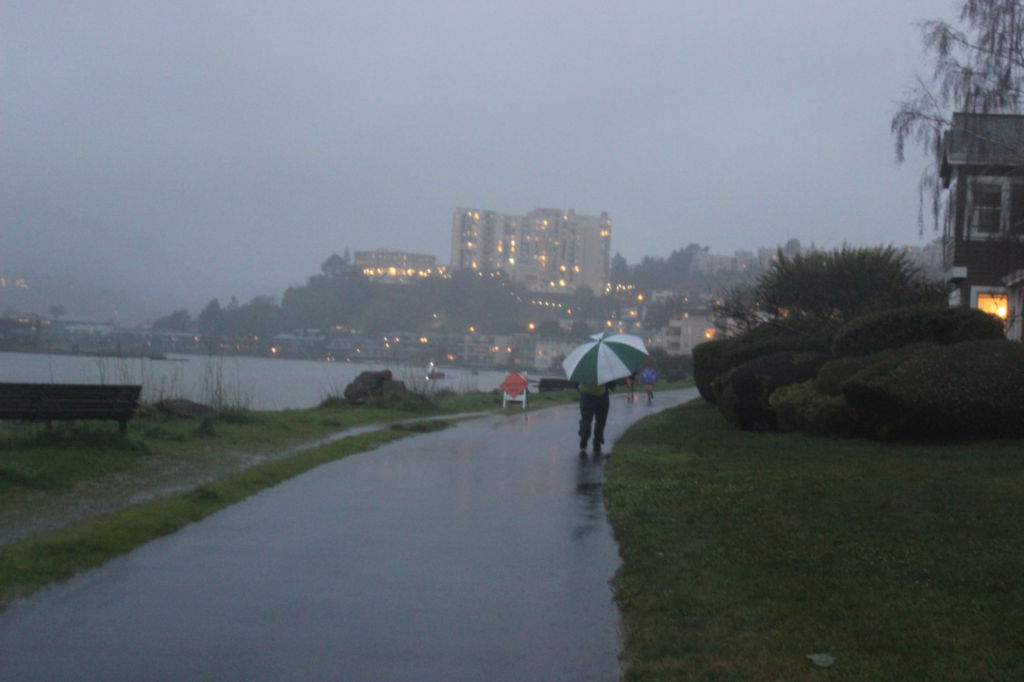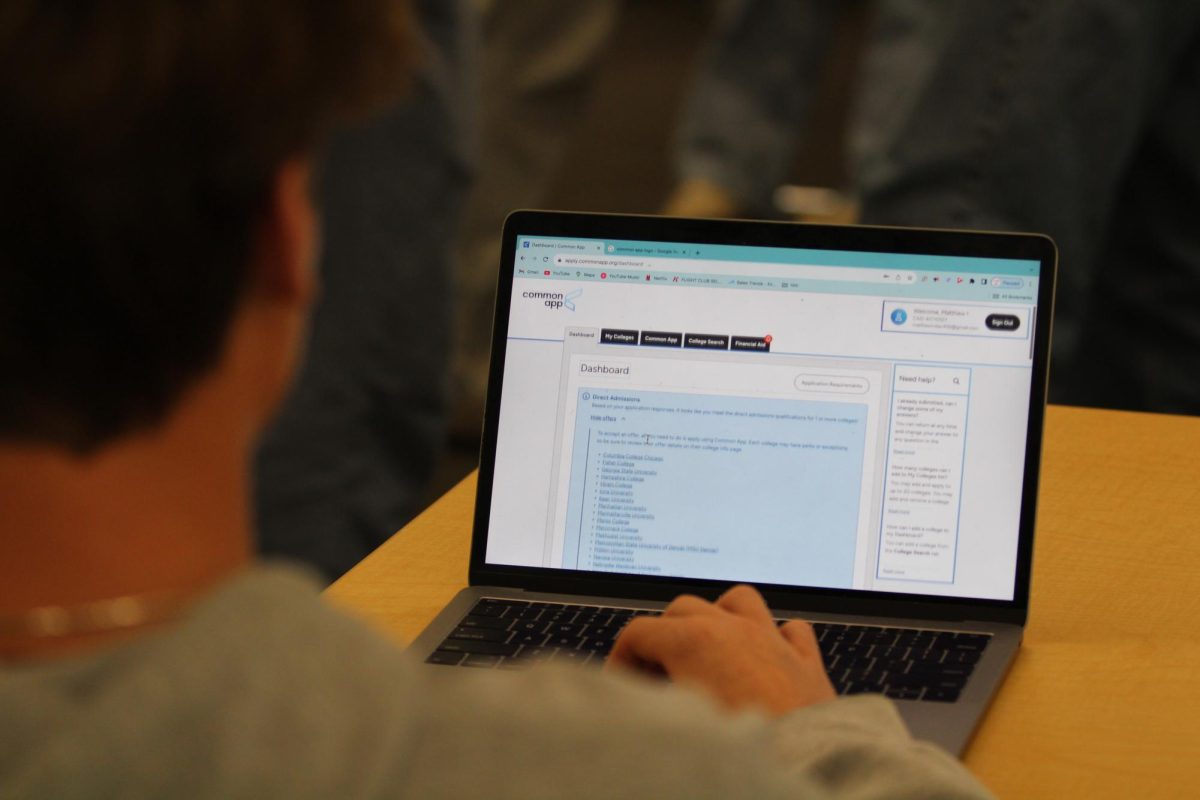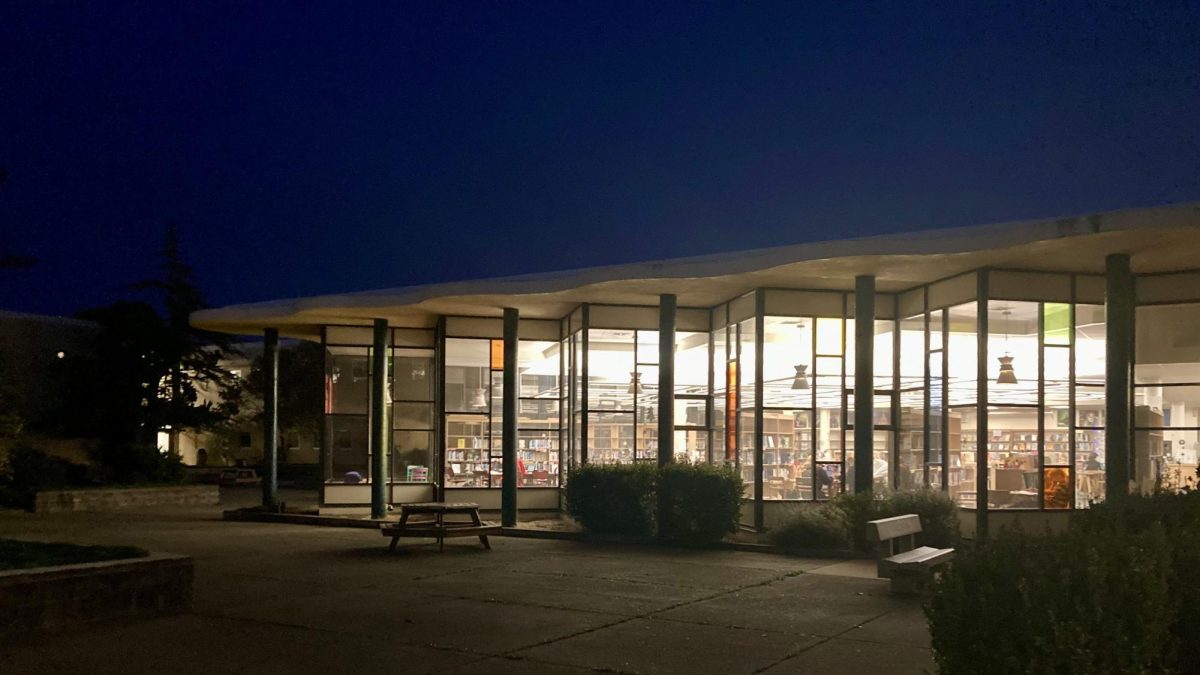In the past five years, California has suffered from a serious drought, but thanks to the recent winter storms, Northern California has officially become drought-free, according to the U.S Drought Monitor.
As of Jan. 10, the U.S. Drought Monitor has declared Northern California, from the Bay Area to Oregon, drought-free due to the downpours of rain that have swamped the area over the past few weeks. According to the U.S. Drought Monitor, 35.5 percent of California is no longer in drought, whereas another 24.3 percent of California is still experiencing extreme drought.

“In a nutshell, the gamechanger was January because we had a tremendous amount of rain in Northern California. Some places, from the Santa Cruz mountain to the North Bay got about 30 to 50 percent of their annual rainfall,” said Rob Mayeda, NBC Bay Area’s Broadcast Meteorologist.
According to Mayeda, the downpours of rain experienced in January were even astonishing to the meteorologists. Computer models that help to forecast rain projected seven day periods of 20 inches of rain in the week of January.
“As meteorologists, we were kind of surprised to see that because a lot of computer models are color coded and so when we looked at these charts they had quite frankly, colors we had never seen before at the upper end of the color table,” Mayeda said.
Unlike most of the Bay Area, Marin County has been out of the drought for two years, but it hasn’t reached its average annual rainfall of 52 inches for the past five years, according to the Marin Municipal Water District. However, Ann Vallee, a Public Information Representative at the Marin Municipal Water District (MMWD), said that Marin only needs three more inches of rain by June 30 to reach the annual rainfall average.

According to Vallee, the ongoing rain throughout January will improve Marin’s water supply, but because the local reservoirs are small, residents should still use water wisely.
Sergio Paganelli, a Water Conservationist at the MMWD, said that the reservoirs in Marin County only hold about a two-year supply of water. Therefore, it is important that the community doesn’t reverse the progress it has made to be water conscious, according to Vallee.
During the drought, Marin residents complied with enacted federal water reduction rules. The requirement was a 20 percent reduction of water usage, which residents followed voluntarily, so the MMWD didn’t need to implement mandatory water conservation.
“We hope that this rain doesn’t really change the mentality of people’s thinking, like ‘Oh well, we have water now so we can start doing all the things that we didn’t do last year,’ because it takes one year [of little rain] and then we are in the same boat,” Paganelli said.
In the past, Marin County has seen unpredictable amounts of rainfall every few years, according to the MMWD. In 2011, there were more than 70 inches of rain recorded in Lake Lagunitas, one of Marin’s reservoirs, but in 2012 there were only 40 inches of rain.
“At the height of the drought, we went from our reservoirs being 100 percent full to about half full, in one year,” Vallee said.
Large amounts of rainfall were common in both Marin and the Bay Area years ago. Mayeda said that first few weeks of January may have been the wettest weeks in the Santa Cruz Mountains since the 1950s.
John Daykin, a Greenbrae resident of more than 60 years, was pleased that the rain has ended the drought, but the harsh rainfall did not come as much of a surprise to him.

“Years ago we used to have a lot of rain and a lot of flooding. I can remember where what is now College of Marin was a parking lot and people were water skiing,” Daykin said.
Fifty-five year Marin resident Virgil Talson also said that high levels of rain used to be common in the winter, so seeing floods and landslides was less unusual.
Though the rain in Marin is becoming more usual again for residents again, not all of California is getting their share of rain. Six years ago, Southern California was drought free, along with the rest of the state, according to the U.S Drought Monitor. But now, unlike Marin County or Northern California, the Santa Barbara region is still in a condition of “exceptional drought,” according to the U.S Drought Monitor.
“The rainfall season can be compared to a football game, now we are almost at halftime, for the first half of the rainfall season,” Mayeda said. “I think if we can maintain average totals [of rain] in the next two months, most of the state, especially the reservoirs levels, are looking good to break out of the drought.”





